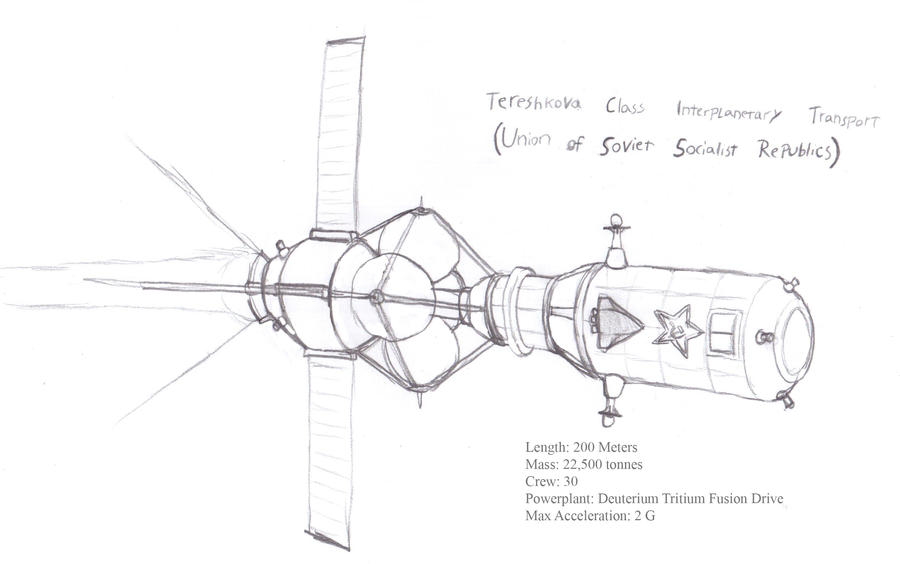Something I whipped up...
Zor
From 1912 to 25 professor Vadim Tabakov studied the properties of Germanium which ultimately led to the development of the world's first transistor. While complicated with the technical limitations of the USSR's manufacturing base, the idea got enough traction and led to a ten year top secret R&D project which had begun to yield fruit by 1935 and mass production beginning in 39. It also got Stalin more interested in new technologies in general and rocketry in praticular. During the Great Patriotic War (who's start was delayed by two months from when it was OTL due to a variety of small changes that had mounted since then) soviet forces had superior communications while Red Army soldiers were equipped with anti-tank rocket launchers. Army Group Center never got within 200km of Moscow, the invasion of the USSR was repulsed by late 1943 and Berlin had fallen in October of 1944. Total USSR casualties from the Great Patriotic War were limited to 9 million while everything east of France save Greece and Italy in Europe were turned into Soviet Satellite states. With a less ravaged economy, a decade long lead in developing a semi-conductor industry and more industrial resources at their disposal the stage was set for two centuries of Cold War. A geo-political situation which have effects reaching across the world and eventually beyond. From the 1950s onward an aggressive Space Race would see both the USA and USSR (and eventually China, Japan and the British Commonwealth) sending missions to orbit, the moon, the planets and asteroids. First unmanned vehicles, then manned spacecraft which visited and eventually delivered gear for more perminent operations. By 2050 there were well established presences on the inner planets and the asteroid belt.
The Tereshkova class Interplanetary Transport was first put into production in 2041 to be the workhorse of the Soviet Block's interplanetary civilian fleet, capable of transporting up to 500 colonists and thousands of tonnes of cargo at speeds well above that of previous craft. Leaving aside a few advanced electronics systems, these ships had their parts made in lunar industrial facilities which were sent up to be assembled in orbit. By 2050 thirteen of these ships were in service running regular circuits between Earth, Venus (home to several growing balloon settlements), Mars and prominent asteroid stations, along with the occasional venture to the fledgling operations on the Jovian Moons. As per the Traditions of the civilian soviet space fleet, all of which were named for Cosmonauts.
The Tereshkova class Interplanetary Transport was first put into production in 2041 to be the workhorse of the Soviet Block's interplanetary civilian fleet, capable of transporting up to 500 colonists and thousands of tonnes of cargo at speeds well above that of previous craft. Leaving aside a few advanced electronics systems, these ships had their parts made in lunar industrial facilities which were sent up to be assembled in orbit. By 2050 thirteen of these ships were in service running regular circuits between Earth, Venus (home to several growing balloon settlements), Mars and prominent asteroid stations, along with the occasional venture to the fledgling operations on the Jovian Moons. As per the Traditions of the civilian soviet space fleet, all of which were named for Cosmonauts.
Zor
